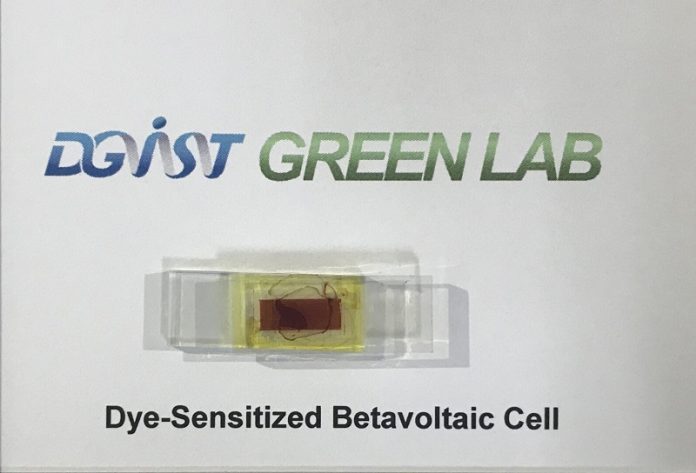
New tech could power phones, pacemakers, and more—without ever needing a charge
What if your phone never needed charging?
Or your car battery lasted for decades? A team of scientists in South Korea is working on a new kind of battery that could make that possible—using safe nuclear power.
Professor Su-il In from Daegu Gyeongbuk Institute of Science & Technology shared his team’s exciting work at the American Chemical Society meeting this March.
Their idea is to replace traditional lithium-ion (Li-ion) batteries with tiny nuclear ones that last much longer.
Li-ion batteries power most of our devices today, but they don’t last forever. They need to be charged often and wear out over time.
Mining lithium is also bad for the environment, and old batteries can leak harmful chemicals. So, as we use more electronics and electric vehicles, we need a better solution.
Professor In believes nuclear batteries are the answer. These batteries create electricity from radiation given off by radioactive materials. Don’t worry—they’re designed to be safe. The team uses a type of radiation called beta particles, which can be blocked with something as thin as aluminum foil.
The team’s battery uses radiocarbon—also called carbon-14—a weakly radioactive form of carbon. It’s already used in carbon dating and is a by-product of nuclear power plants, so it’s cheap and easy to get. Plus, it decays very slowly, meaning the battery could last hundreds or even thousands of years.
Here’s how it works: when the radiocarbon releases beta particles, they hit a special dye attached to titanium dioxide (a material also used in solar panels). This causes a chain reaction called an “electron avalanche,” where many electrons are released. These electrons are collected and turned into electricity.
To improve the design, the team put radiocarbon on both the anode and cathode—the two main parts of the battery. This doubled the amount of radiation used and made the battery more efficient. In fact, the energy conversion jumped from 0.48% to 2.86%. While that’s still lower than regular batteries, it’s a big step forward for nuclear battery technology.
This kind of battery could power things like pacemakers for a lifetime—no more surgeries to replace dead batteries. It could also be used in drones, satellites, or devices in remote places.
Right now, the power output is low, but Professor In and his team are working on ways to improve it. With better designs, these tiny nuclear batteries could one day power everyday devices safely and for a very long time.
As public opinion about nuclear energy becomes more positive, we might see safe nuclear power not just in big plants—but in devices as small as your finger.



